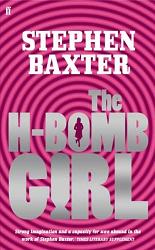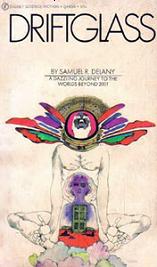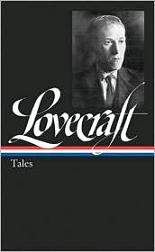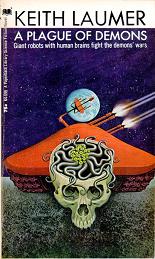
The H-Bomb Girl
Stephen Baxter
265 pages
published in 2007
This is a book that’s going to give me nightmares, I can tell. Because I grew up as a kid in the Second Cold War, the last kids to grow up in the shadow of Nuclear Holocaust, when one side was ruled by a succesion of doddering paranoid old men who had gotten their job training under Uncle Stalin and the other was governed by a cowboy actor who half the time seem to believed he had been the war hero his b-movie career had portrayed him, I’ve always been fascinated and horrified by nuclear war. I remember having h-bomb nightmares almost every night when I was eight or ten. Even now, just reading the Wikipedia description of Threads is enough to give me bad dreams, let alone reading a novel the centrepiece of which is an all too realistic description of what could’ve happened to Britain if the Cuban Missile Crisis had not been defused in time. I can only imagine what the intended young adult audience for The H-Bomb Girl will think of it, having grown up with very different nightmares.
So far Stephen Baxter had never impressed me with his writing. I’ve read and enjoyed several of his short stories scattered through various anthologies, but bounced hard of his awful Mammoth novels while the other work of his I’ve come across never appealed to me. The only reason I picked up The H-Bomb Girl in the library was because it got talked about over at Torque Control during the runup to the Clarke Awards. Reading the first few pages intrigued me enough to take it home. Once I started reading it in earnest today I got sucked in and didn’t stop until it was finished. There’s not many books that I do that with these days. Score one for Baxter.



